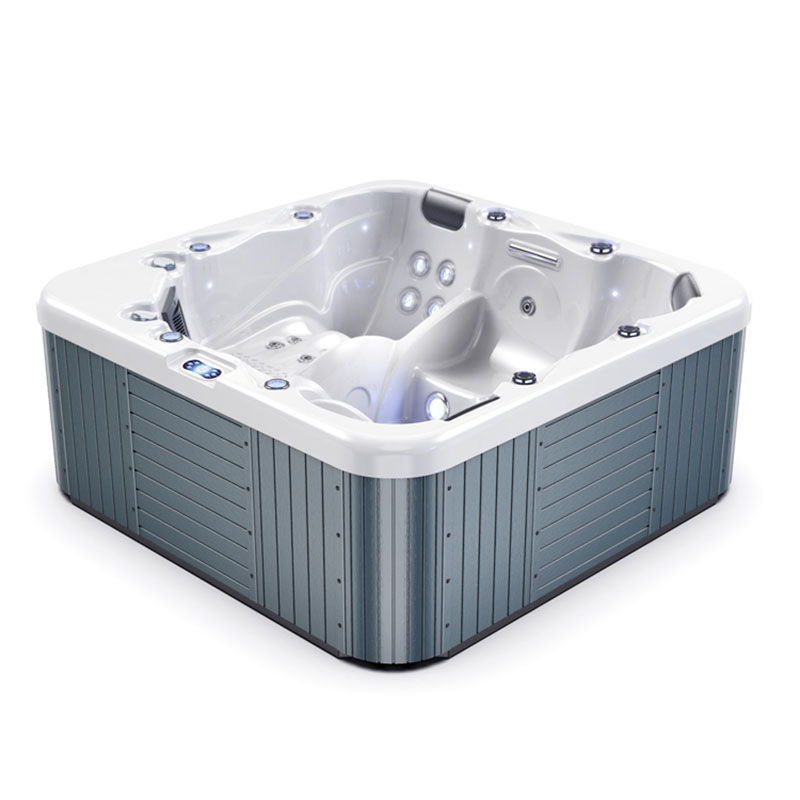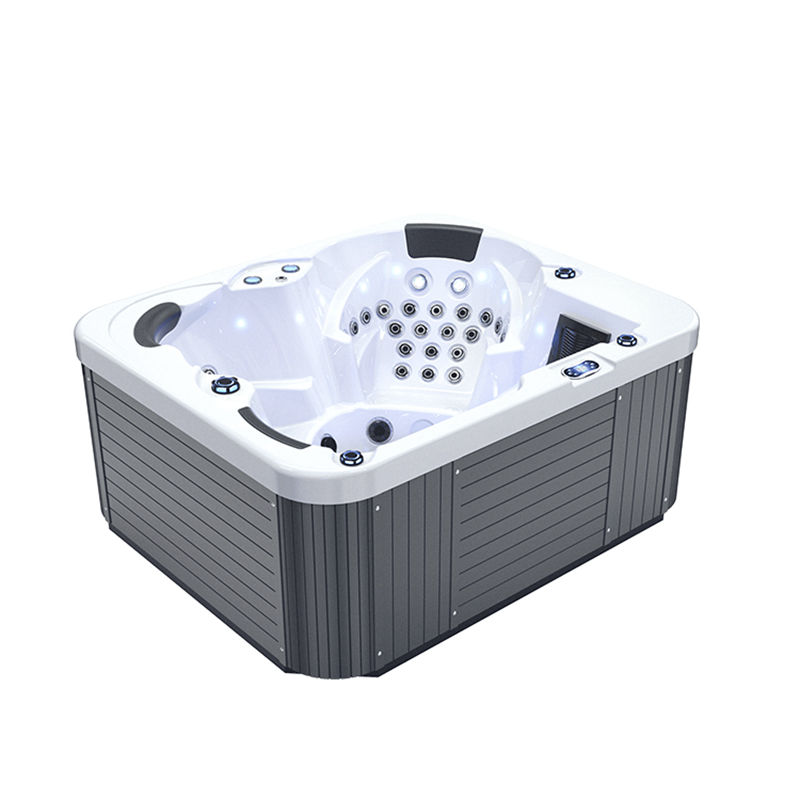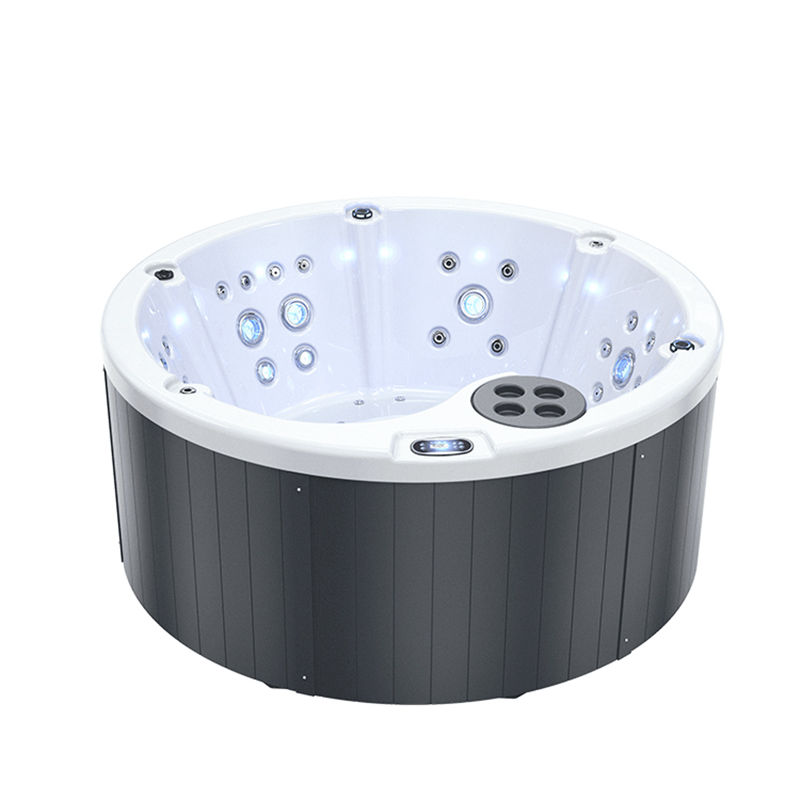Legionella is a waterborne pathogen widely distributed in freshwater environments such as lakes, rivers, and hot springs. It is known for its ability to rapidly multiply in moist, warm environments, particularly in warm water systems such as whirlpool spa hot tubs, swimming pools, air conditioning systems, and cooling towers.
If inhaled into the lungs, this bacteria can cause Legionnaires' disease, a severe form of pneumonia also known as Legionnaires' pneumonia. If left untreated, the condition can rapidly worsen and even be fatal.
Therefore, it is crucial to keep your whirlpool spa hot tub clean and free of Legionella. This article will detail effective methods for killing Legionella in whirlpool spa hot tubs, explain how they work, and provide clear preventative measures to ensure the health and safety of spa users.
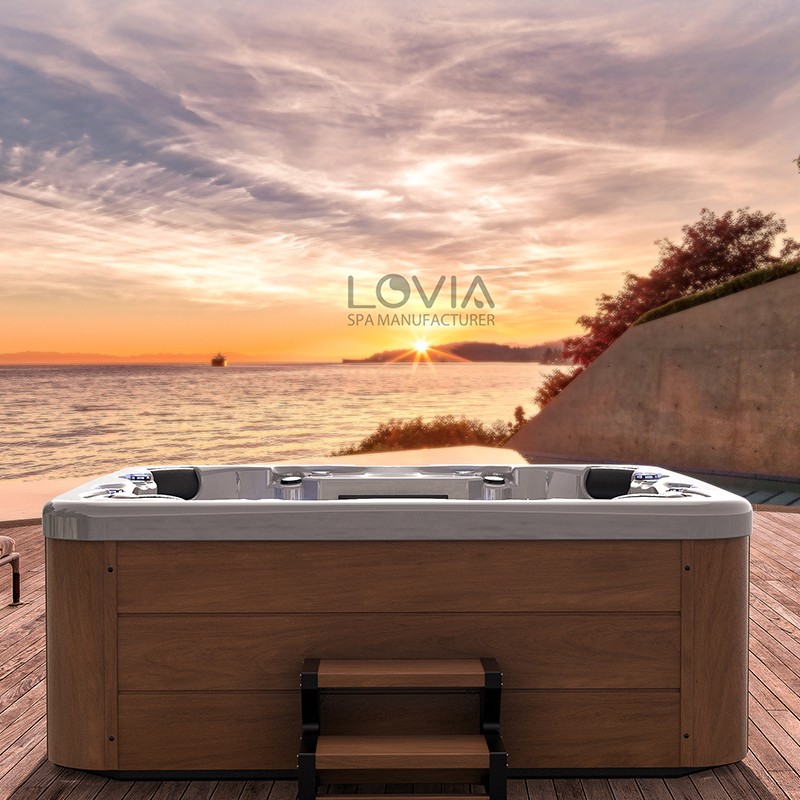
What is Legionella?
Legionella is a Gram-negative bacillus whose natural reservoir is aquatic environments. Legionella bacteria grow and multiply very rapidly in warm water between 25°C and 45°C, especially when water quality conditions are poor and the chemical balance is imbalanced.
1. Transmission of Legionella
Legionella bacteria are not transmitted through direct contact, but rather through aerosols. This occurs when water is sprayed or agitated to create fine mist. These droplets containing Legionella bacteria can be inhaled into the lungs, causing infection. This type of aerosol is particularly common in whirlpool spa hot tubs, showerheads, humidifiers, and other environments.
2. Symptoms of Legionnaires' disease
The incubation period for Legionnaires' disease is typically 2 to 10 days. Early symptoms are similar to those of a cold or flu, such as fever, cough, muscle aches, headache, and fatigue. These symptoms can later progress to severe pneumonia. Legionnaires' disease is particularly severe in people with weakened immune systems, particularly the elderly, smokers, and those with chronic illnesses. Therefore, regular cleaning, disinfection, and maintenance of water quality are crucial to prevent the growth of Legionella bacteria.
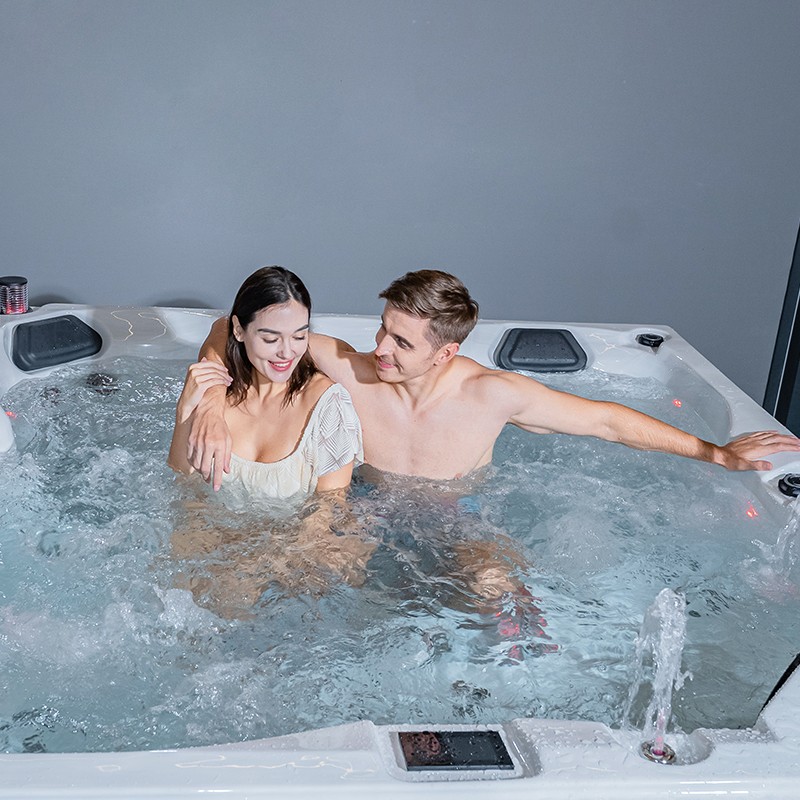
What can kill Legionella bacteria in whirlpool spa hot tubs?
Due to the high adaptability and persistence of Legionella, simple cleaning may not be enough to completely eliminate it. Therefore, specific chemical treatments and procedures are very important to ensure the safety of water quality in whirlpool spa hot tubs. The following are several widely used and effective sterilization methods:
1. Chlorination treatment
Chlorination disinfection is one of the most common and effective sterilization methods. Chlorine can effectively kill Legionella in whirlpool spa hot tub water, provided that the chlorine concentration is sufficient and the contact time is long enough. For stubborn bacteria such as Legionella, the chlorine concentration in the water must reach 20 ppm (parts per million) and be maintained for a sufficient time to ensure the sterilization effect.
Specific operation steps:
(1) Initial chlorination: Chlorine the water to a free chlorine concentration of 20 ppm. At this time, all ejectors and other water circulation devices should be turned off to ensure that the chlorine can fully contact the still water.
(2) Still circulation: Turn off the nozzle and circulate the chlorinated water for 1 hour. This stage is mainly to ensure that the chlorine is fully diffused and kills the Legionella in the pipes and water bodies.
(3) Full sterilization cycle: After the initial sterilization for 1 hour, open the whirlpool spa hot tub's jets and all water circulation devices and allow the chlorinated water to continue circulating for 9 hours. This step is crucial because bacteria may breed in dead corners such as jets and pipes. Only full circulation can ensure that every corner is covered with chlorine water.
(4) Maintaining chlorine residual: During the 10-hour treatment process, it is important to ensure that the free chlorine concentration in the water is always maintained above 20 ppm. If the chlorine concentration is found to be lower, chlorine needs to be replenished immediately.
This rigorous chlorination treatment can effectively eliminate all Legionella in the whirlpool spa hot tub and ensure that the bathtub water quality is safe and harmless when users resume use.
2. Ozone disinfection Ozone
(O₃) is also a powerful oxidant and bactericide and is widely used in water treatment. It can effectively kill Legionella as well as other bacteria, viruses, algae, etc. However, ozone has a short effective action time and is easy to decompose, so it is usually used in combination with other disinfection methods (such as chlorine or bromine) to enhance the overall sterilization effect.
Ozone systems inject ozone into water via a small ozone generator. During its brief presence in the water, ozone reacts with bacteria and organic matter, destroying their cell walls and killing them. Regular ozone application can help control Legionella growth, but due to its short-term effectiveness, it requires long-term maintenance with other chemical treatments.
3. Bromine Disinfection
Bromine, another widely used disinfectant, is particularly suitable for long-term disinfection of warm waters. Compared to chlorine, bromine is less volatile, has a longer-lasting effect, and is more stable in high-temperature environments. Therefore, it is a common disinfectant in whirlpool spa hot tubs.
Bromine maintains its bactericidal effect at lower concentrations, and unlike chlorine, its bactericidal byproducts are less irritating to humans. Therefore, bromine is an ideal choice for controlling Legionella growth. Regular bromine treatment can effectively prevent Legionella growth.
4. Ultraviolet Disinfection
Ultraviolet (UV) disinfection is a physical disinfection method that destroys the DNA of bacteria and viruses, rendering them incapable of reproduction. A UV disinfection system can be installed in the circulation piping of a whirlpool spa hot tub. As the water passes through the UV lamps, bacteria are rapidly eliminated. This method has the advantage of leaving no chemical residue. However, UV light only treats the water flowing through the lamps and is ineffective against any residual bacteria in the pipes. Therefore, it is usually used in conjunction with chemical disinfection.
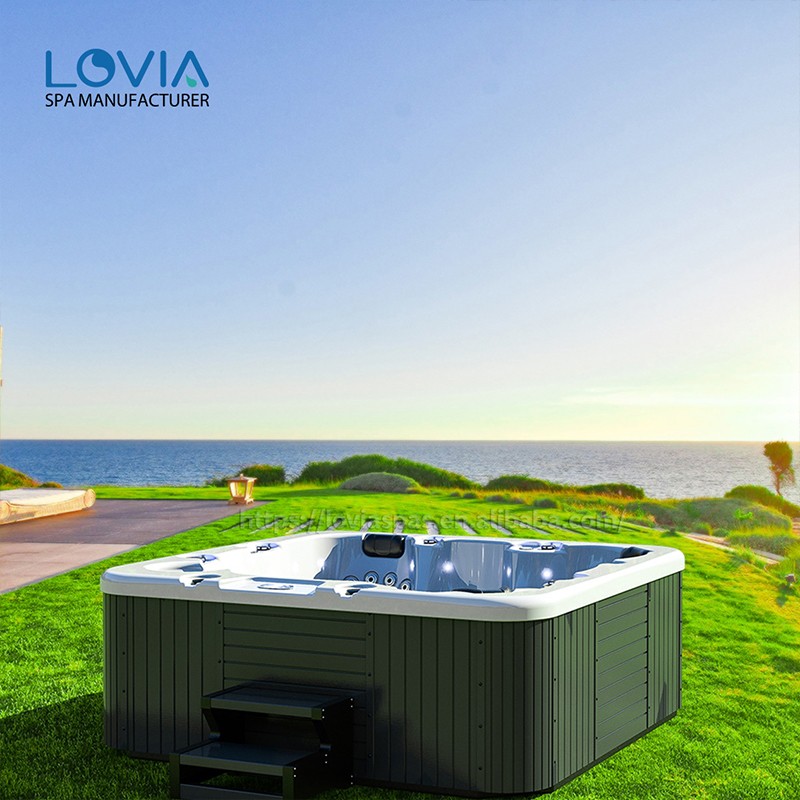
Whirlpool spa hot tub: How to prevent Legionella regrowth?
Even if Legionella bacteria have been successfully eliminated in a whirlpool spa hot tub, they may still re-grow without ongoing preventive measures. Therefore, in addition to regular disinfection, the following preventative measures are equally important:
1. Regularly Change the Water
The water in a whirlpool spa hot tub should be changed regularly, especially with frequent use. Each time the water is changed, the tub and plumbing system should be thoroughly cleaned to ensure that no residual bacteria remain. It is recommended to change the water every three to four months, but the frequency will depend on frequency of use and water quality.
2. Clean the filter
A whirlpool spa hot tub filter is a critical component for water purification. Regular cleaning or replacement of the filter effectively prevents the accumulation of bacteria and impurities in the filter, reducing the likelihood of Legionella growth. When cleaning the filter, it is recommended to rinse thoroughly with a dedicated cleaning agent and ensure it is clean and sterile before installation.
3. Maintain Proper Chemical Balance
Maintaining the chemical balance of your spa hot tub water, including pH and disinfectant concentration, is essential for preventing bacterial growth. High or low pH levels can affect the effectiveness of disinfectants, so water quality should be tested regularly and adjusted based on the results. Generally, the pH should be maintained between 7.2 and 7.8, and the chlorine or bromine concentrations should be maintained at recommended levels to maximize disinfection effectiveness.
4. Avoid Prolonged Stagnant Water
Stagnant water is an ideal environment for Legionella growth, so avoid leaving your whirlpool spa hot tub unused for extended periods. If you plan to leave your whirlpool spa hot tub unused for an extended period, drain the water, add a higher concentration of disinfectant, and regularly circulate the system to prevent bacterial growth.

How do I get a quote for your spa products?
You can simply contact our sales team with your model preference, quantity, and delivery destination. We’ll provide a detailed quote including FOB price, warranty terms, and estimated delivery time. For bulk orders, we also include custom branding and packaging options. Buying from a China-based spa factory like Lovia Spa ensures that you get affordable prices, direct manufacturer support, and quick responses to all your inquiries.


